
Australian Dollar Declines as US Dollar Strengthens Amid Rising Geopolitical Tensions.
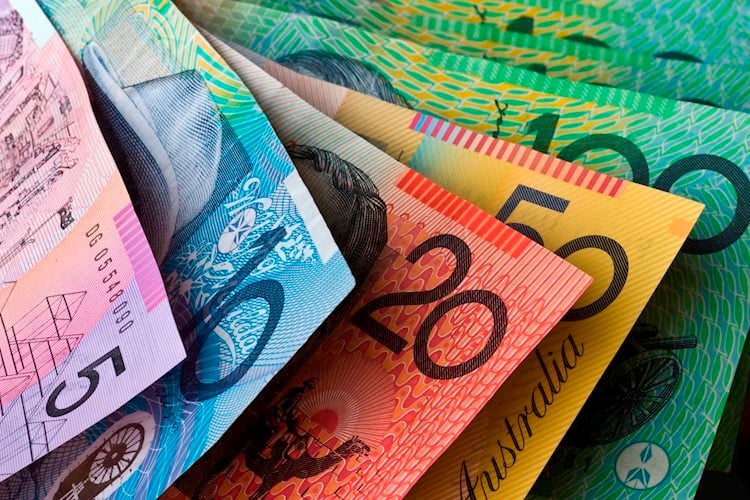
Australian Dollar Faces Pressure Amid Geopolitical Uncertainty and US Trade Policies
The Australian Dollar (AUD) is under pressure as the US Dollar (USD) strengthens, driven by escalating geopolitical tensions and trade policy shifts. Market sentiment remains volatile as investors assess the impact of US military actions and economic policies on global financial markets.
Geopolitical Tensions Weigh on Market Sentiment
The US has reaffirmed its commitment to striking Yemen’s Houthi rebels until their attacks on Red Sea shipping cease. This has heightened concerns in the financial markets, contributing to a risk-off environment that typically benefits the safe-haven US Dollar. Adding to market jitters, US President Donald Trump warned on Monday that he would hold Iran accountable for any attacks by the Houthi group, which Iran reportedly supports. Following this, the Trump administration expanded what has become the largest US military operation in the Middle East since Trump’s return to office.
AUD/USD Fluctuates Amid US Economic Uncertainty
Despite initial weakness, the AUD/USD pair rebounded as the US Dollar weakened due to rising trade tensions and economic concerns in the United States (US). Investors are closely monitoring economic indicators and Federal Reserve policies for further direction.
RBA’s Cautious Approach to Interest Rate Cuts
On the domestic front, Reserve Bank of Australia (RBA) Assistant Governor (Economic) Sarah Hunter stated on Monday that the RBA will take a cautious approach to interest rate cuts. The February policy statement reinforced the central bank’s conservative stance, signaling that market expectations for aggressive rate easing might be premature. Hunter also highlighted the importance of US economic policies and their potential impact on Australian inflation trends.
US Tariff Plans Could Pressure the Australian Dollar
The AUD may face additional downside risks as President Trump reaffirmed plans to impose sectoral and reciprocal tariffs starting April 2. Key measures include tariffs on steel and aluminum, with no exemptions, and additional auto duties on select countries. The move could weigh on global trade sentiment, affecting Australia’s export-driven economy.
China’s Stimulus Plan Supports the Aussie Dollar
On a positive note, the Aussie Dollar found support after China unveiled a special action plan aimed at boosting domestic consumption and improving market sentiment across the region. The initiative includes wage increases, household spending incentives, and stock and real estate market stabilization efforts. Given China’s role as Australia’s largest trading partner, any positive developments related to Chinese economic stimulus could provide relief for the AUD.
Conclusion
The Australian Dollar remains vulnerable amid geopolitical risks, trade tensions, and cautious RBA policy signals. However, China’s economic measures could provide some support in the near term. As global uncertainties persist, traders will closely watch US policy decisions, Federal Reserve signals, and China’s economic outlook for further direction in the AUD/USD exchange rate.
Never miss any important news. Subscribe to our newsletter.
Related News

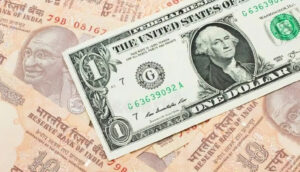
USD/INR Slows Down Amid Mixed Indian PMI Data.

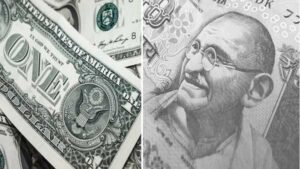
USD/INR Rises as Markets Anticipate Fed Rate Decision.


Gold Price Nears Record High Amid Strong Safe-Haven Demand.
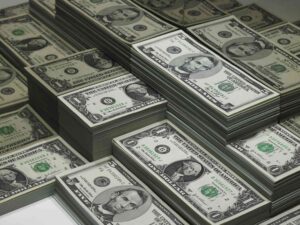


USD/INR Gains Momentum Amid Trade Tariff Uncertainty.

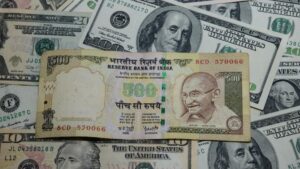

Never miss any important news. Subscribe to our newsletter.
Editor's Pick


USD/INR Slows Down Amid Mixed Indian PMI Data.


USD/INR Rises as Markets Anticipate Fed Rate Decision.



